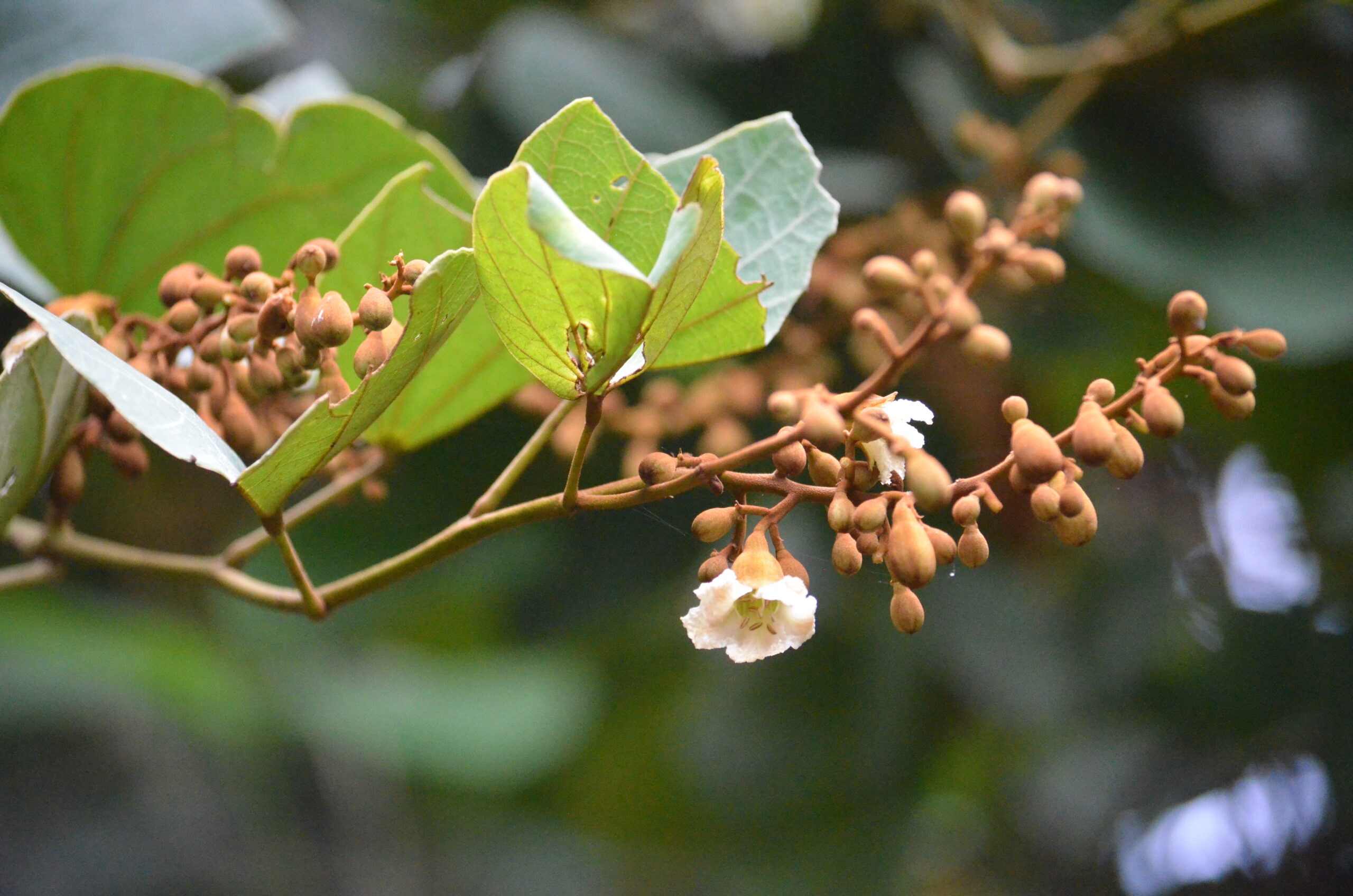
The Camel’s Foot tree (Piliostigma thonningii) in Malawi is also known as Chisale or Chitimbe. In English it has several names: Camel’s Foot, Monkey bread, and Wild bauhinia. The tree gets its name from its leaves which are the shape of a camel’s footprint. This tree is commonly found throughout many parts of Africa, and a study which was conducted in East Africa demonstrated that this is one of the most important multipurpose indigenous trees, which can be used for “shade, food, fodder, soil fertility, fuelwood, medicine, rope, huts, beehives, farm implements, chairs, fences, and timber.”
The fruit pods of these trees dry to a dark brown color and then fall to the ground. It is common in Malawi to see children gathering these pods for a free snack. The outer shell of the pod can be peeled back to reveal a spongy fruit pulp that has a uniquely sweet and sour flavor.
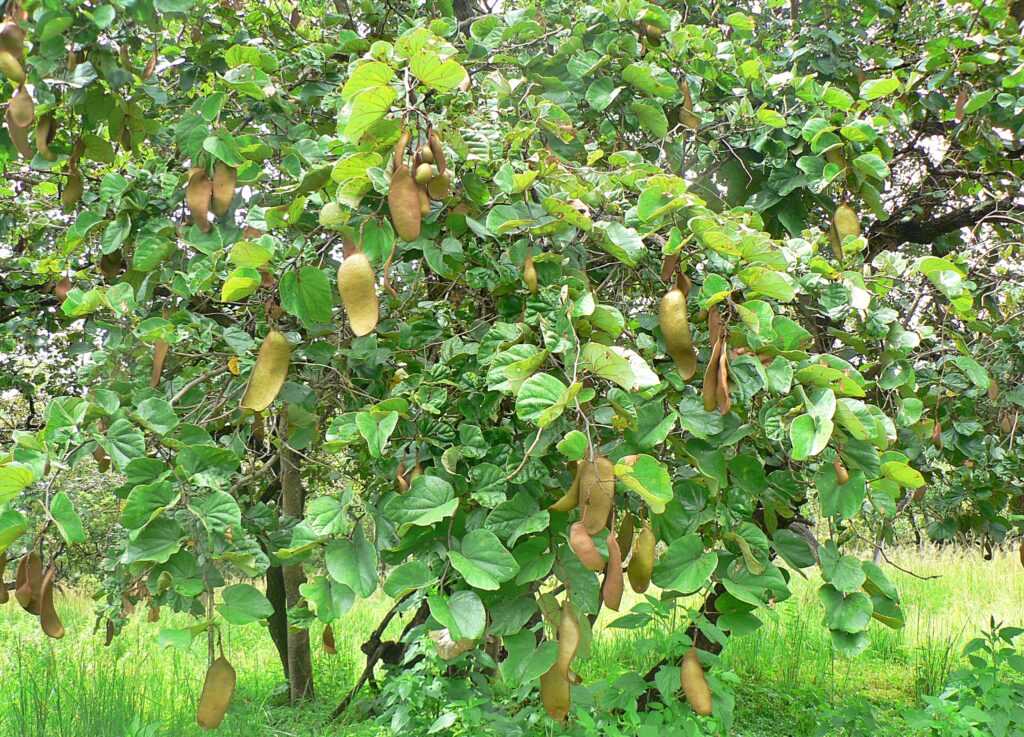
A study which was conducted on the nutritional and medicinal use of this fruit showed that the pulp is a rich source of proteins, organic acids (which help to improve intestinal health), vitamins, fiber, essential oils, and carbohydrate. The mineral content of the fruit was also shown to be high in calcium and iron. It is commonly used as a traditional medicinal plant in Africa, and extracts from the tree have shown that it possesses antibacterial, antioxidant, antilipidemic (reducing high cholesterol), and anti-inflammatory properties.
Useful Plants of Malawi also states that unripe pods have been used as a soap substitute, and that a black or dark blue dye can be obtained from the pods and seeds, as well as a red dye from the boiled and pounded roots.
The lemony-flavored leaves of Camel’s Foot are also edible and nutritious. They are best when they are young and tender, and another study has shown that the leaves contain high levels of calcium, potassium and magnesium, as well as being a rich source of vitamin E, vitamin C, and beta carotene (which the body converts into vitamin A).
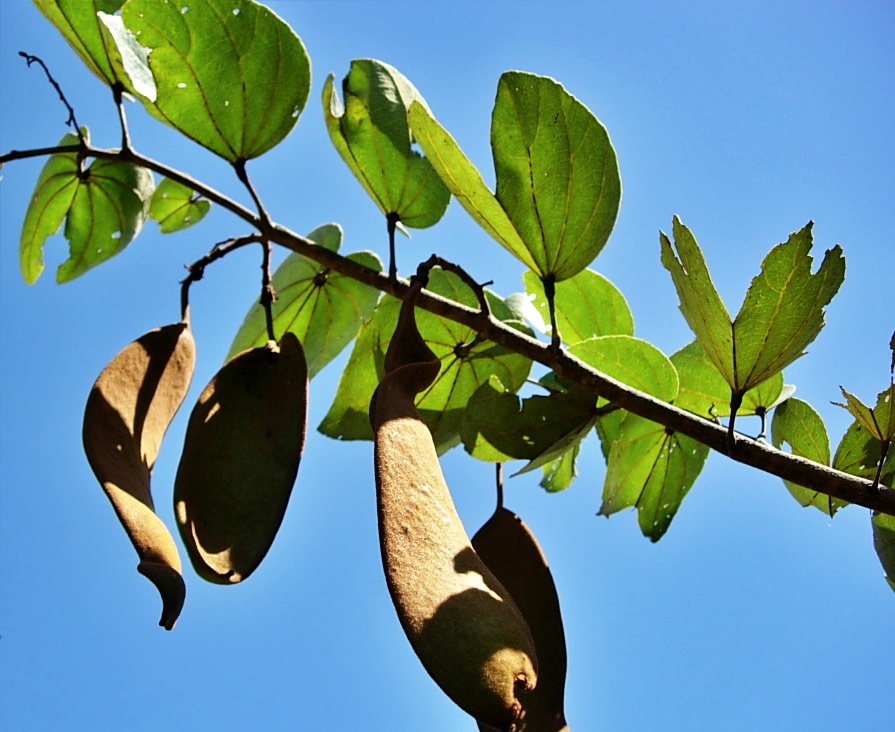
Here at Never Ending Food, we harvest these fruit pods when they are falling to the ground, we wash off the pods with clean water, and then put them in our solar dryer until they are completely dry. We then either pound the pods by hand, with the use of a traditional pestle and mortar, or break the pods into smaller pieces (including the fruit skin and seeds) and then take them to the maize-grinding mill to be turned into a flour. (Note: we have found that our maize mill will allow us to grind most foods as long as we bring a bit of maize to run through the mill at the end for ‘cleaning’ purposes).
One of the advantages of grinding these pods into flour with their seeds is that it has been shown that the edible seeds are a good source of protein, carbohydrate, and minerals (such as: iron, calcium, selenium, zinc, and manganese).
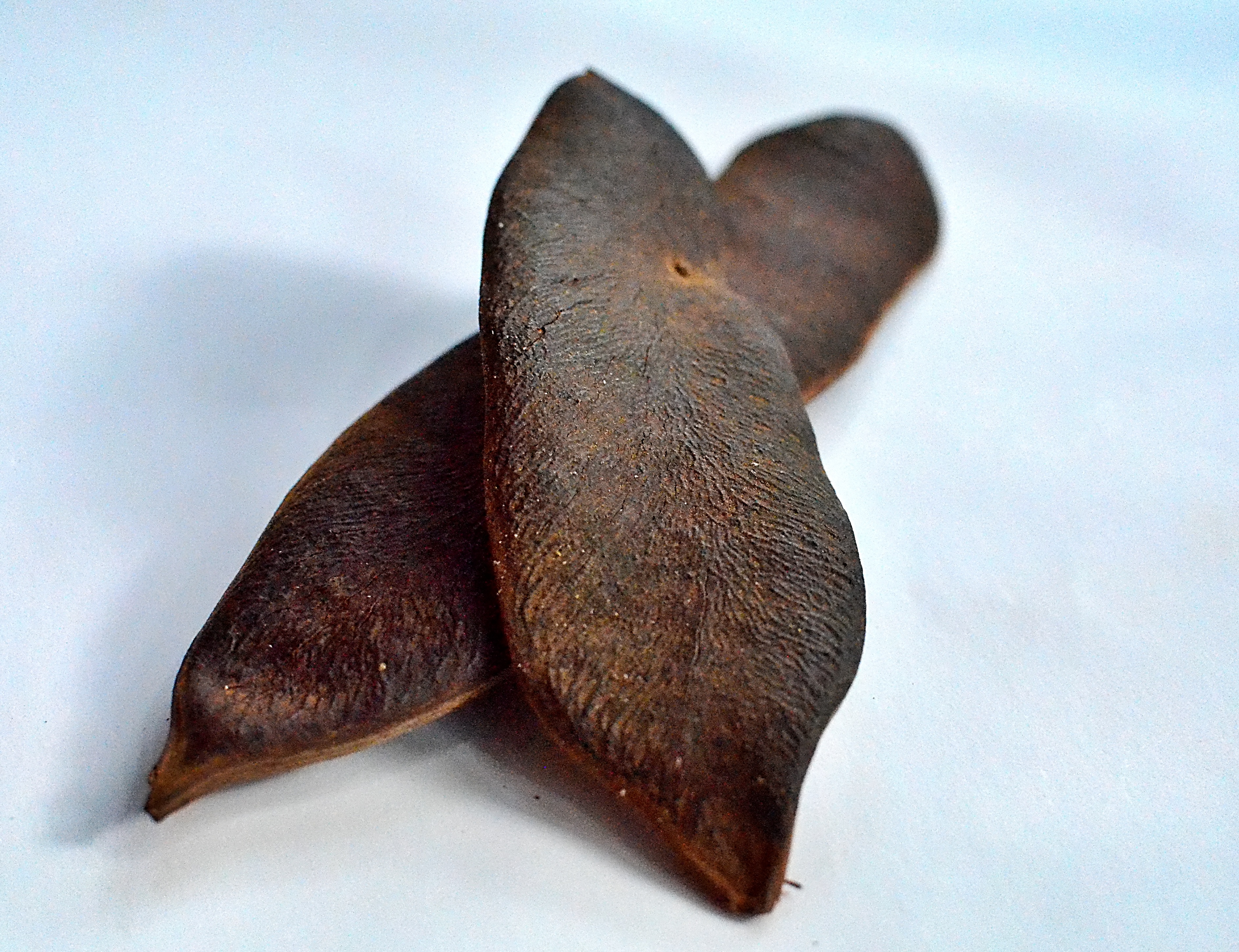
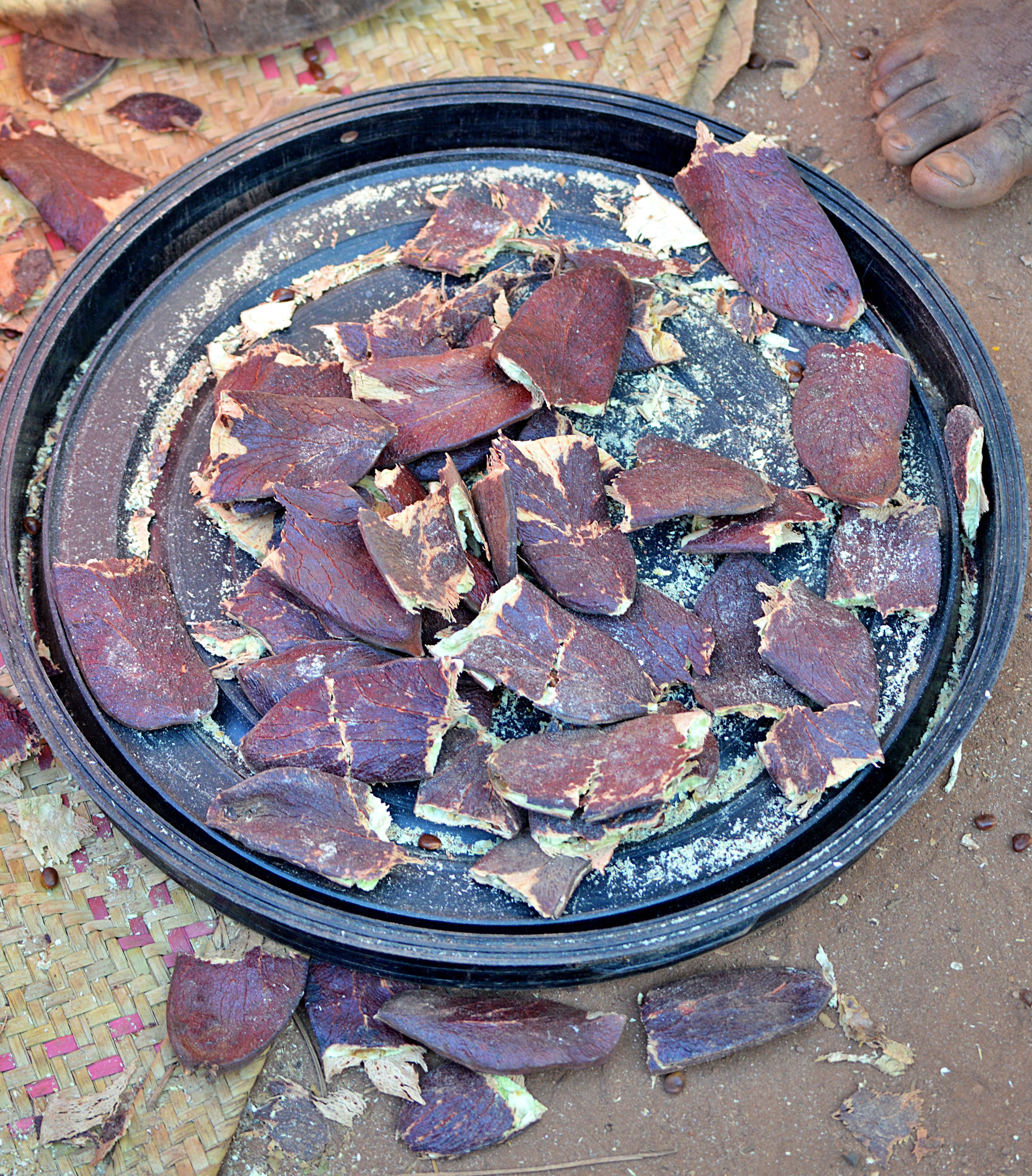
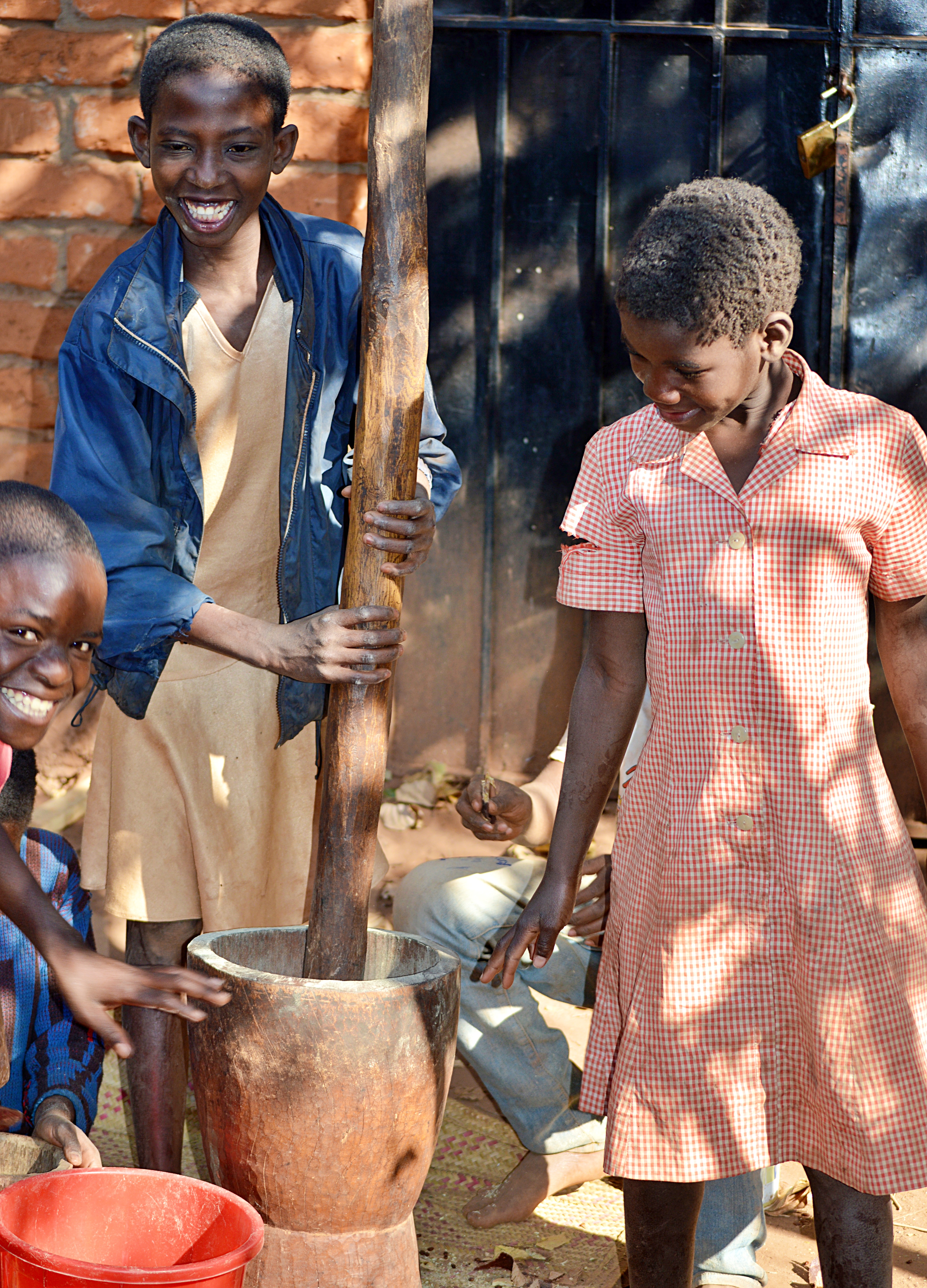
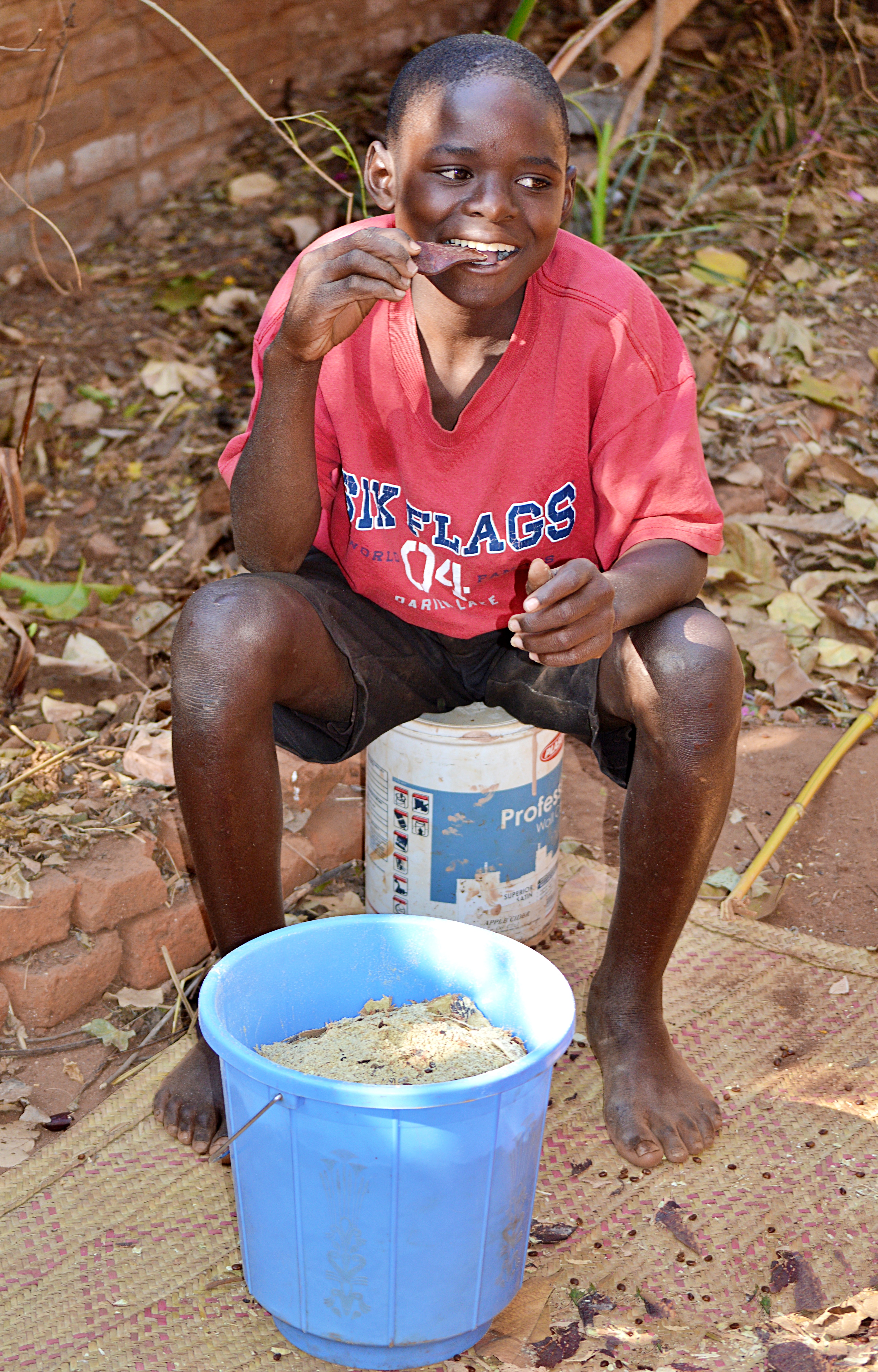
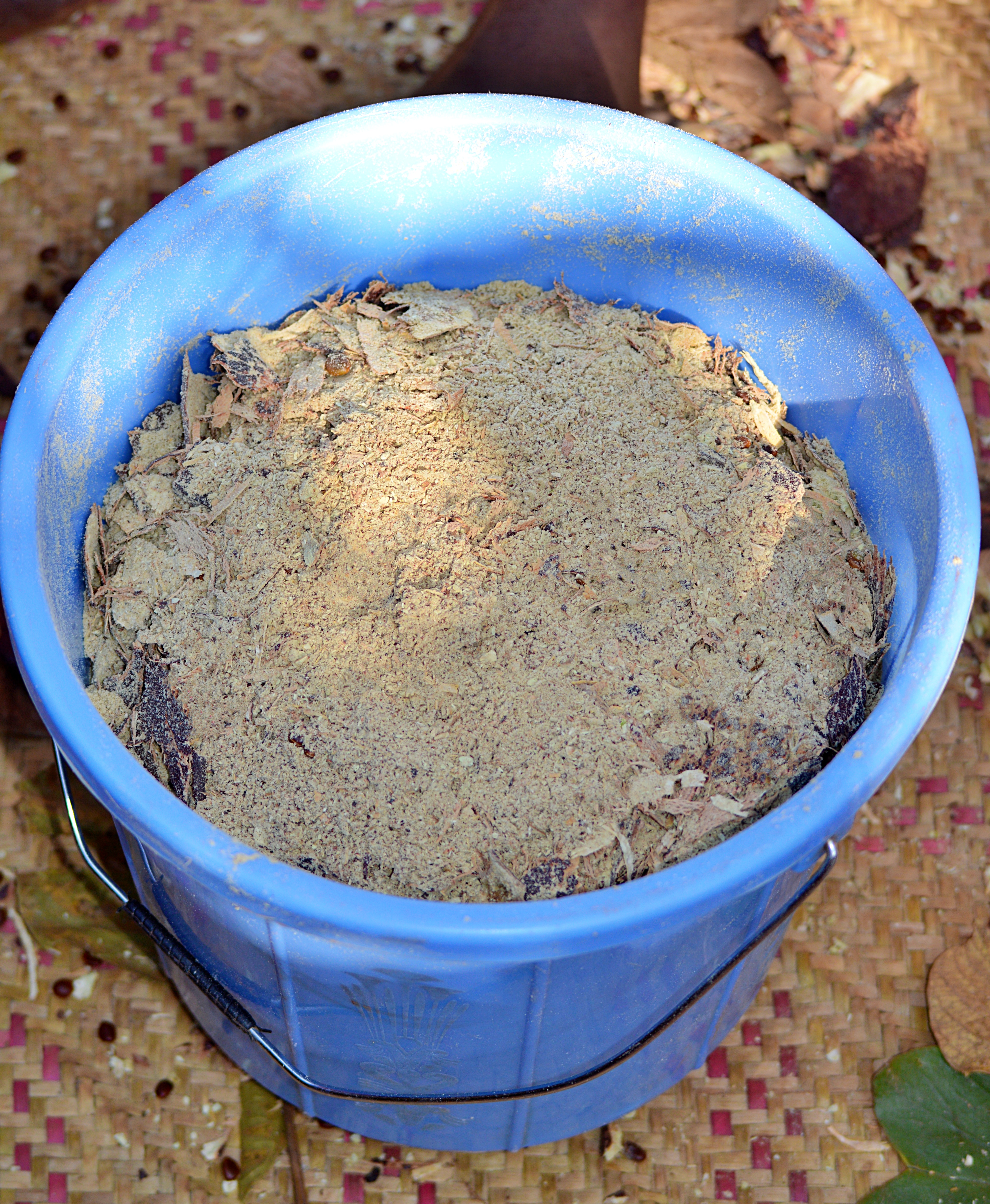
Once this flour has been sifted to get out any larger pieces, we use it to give a lemony flavor to corn bread, cakes, and other baked goods. For baking, we generally mix the flour with wheat flour in a ratio of one cup Camel’s Foot flour to two cups of wheat flour. We also use the flour to make a ‘local lemonade’ drink by mixing one cup of Camel’s Foot flour to one cup of sugar and mixing with water in a large pitcher. This mixture can then be strained through a tea-strainer and enjoyed either cold or hot. We often serve this drink to visitors and people love it! Give it a try for yourself and learn how to add another free food to your list of diversified nutritional options.
All donations go directly towards helping to spread Permaculture solutions throughout Malawi. Every little bit helps, and even a little can go a long way!
